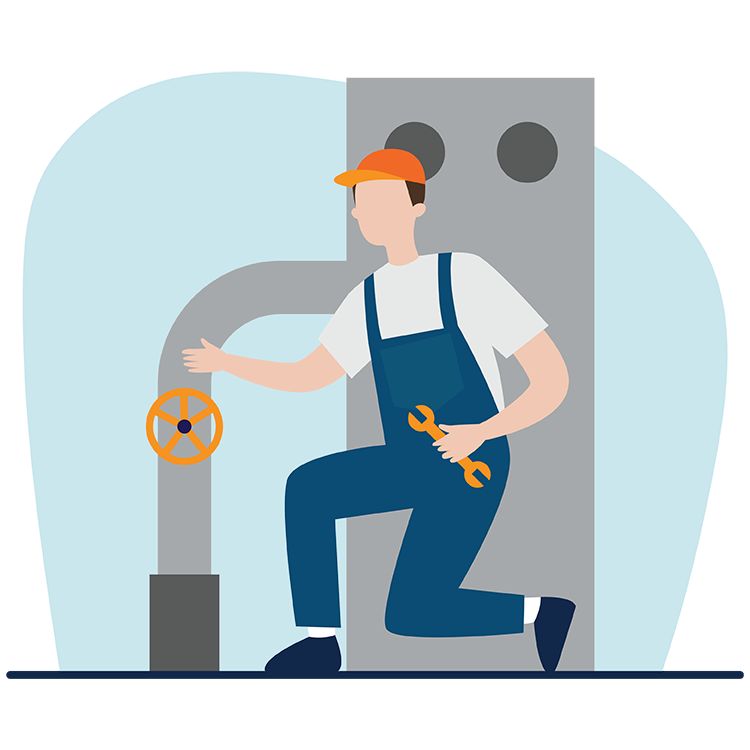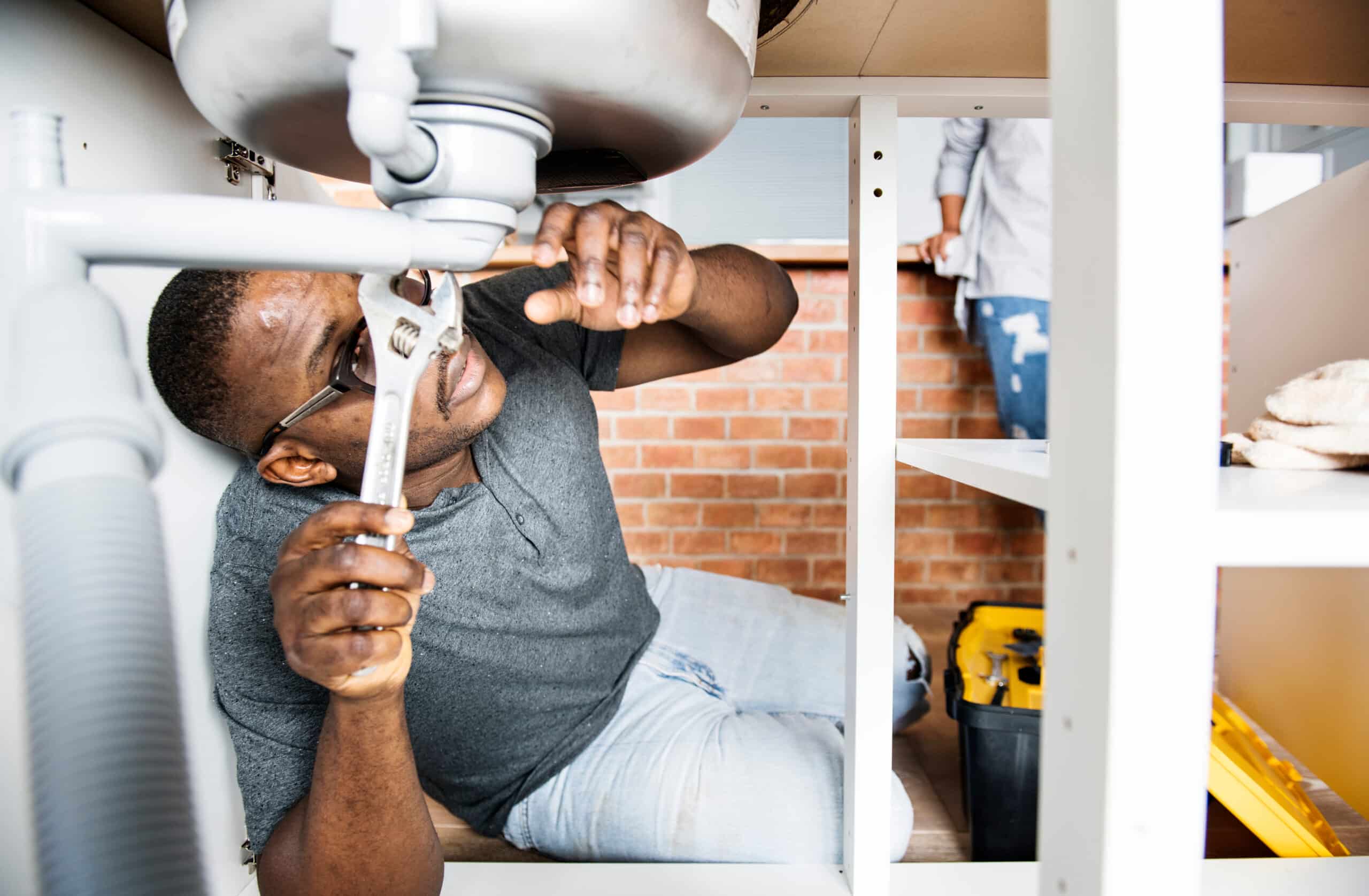A Detailed Guide to Efficient Hot Water Heater Installation for Optimal Performance
Starting the job of installing a water heater is a venture that requires accuracy and an organized strategy for accomplishing optimum efficiency. The procedure begins with the critical decision of choosing the appropriate heating system tailored to the specific demands of your household, thinking about elements such as power, size, and kind resource. When chosen, preparing the installment area to meet security standards is paramount. The journey doesn't end below. As you proceed, the ins and outs of linking supply of water lines and establishing up dependable electric or gas links wait for, appealing insights right into making certain performance and integrity.
Choosing the Right Hot Water Heater

Following, consider the dimension and capacity of the hot water heater. It's crucial to analyze your house's warm water requirements, which can differ based on the number of occupants and their use patterns. A device that's too small might lead to not enough warm water, while an extra-large design might result in unnecessary power consumption.
Efficiency scores likewise play a pivotal function in selection. Look for hot water heater with high Energy Element (EF) ratings, suggesting exceptional performance and lowered power usage. Tankless designs, though usually a lot more pricey upfront, deal substantial energy savings with time as a result of their on-demand home heating capacities.
Preparing the Installation Location
Before setting up a brand-new water heater, careful prep work of the installment location is vital. It's critical to gauge the room meticulously to suit the water heating system's dimensions, making sure appropriate clearance around the unit for efficient operation and servicing.
Examine the floor for security, as the water heating unit will certainly require a solid, level surface area to operate effectively. If required, mount a drip frying pan under the device to catch prospective leaks or spills, avoiding water damage to the surrounding area.
Additionally, guarantee that all required tools and materials are on hand before beginning the installation. This consists of products such as wrenches, screwdrivers, a level, and any type of additional equipment required for installing and safeguarding the heater. A well-prepared installment location sets the structure for an effective water heating unit setup, enhancing efficiency and safety and security.
Connecting Water Supply Lines
When attaching water system lines to your newly set up water heating system, it is vital to make sure that all links are leak-free and safe and secure to maintain effective procedure and protect against water damage. Begin by identifying the warm and cold water lines. The chilly water inlet is commonly noted with a blue tag or a "C", while the warm water outlet is marked with a red label or an "H".
Usage versatile water heating system adapters to help with an easier setup procedure. Before attaching the connectors, put a plumbing's tape around the threaded ends of the water heating system's inlet and electrical outlet pipelines.
When links remain in area, gradually turn on the primary water valve. Inspect each connection for leaks by aesthetically feeling and inspecting for dampness. Tighten up connections as essential, and ensure the pressure alleviation valve is appropriately set up, guarding versus extreme pressure build-up.
Establishing Up Electrical or Gas Connections
Effectively establishing the electric or gas connections for your hot water heater is an important step to make sure safe and effective procedure. For electrical water heating systems, start by verifying that the electric circuit works with the heating system's voltage and amperage demands. Ensure the power supply is switched off at the breaker to avoid accidents. Connect the electrical wires to the heating system adhering to the maker's electrical wiring representation. Normally, this includes connecting the ground cord to the environment-friendly terminal, and the staying cords to their corresponding terminals, protecting each with wire nuts.
For gas hot water heater, security is paramount. Verify that the gas supply is off before continuing. Connect the gas line to the hot water heater making use of an adaptable gas adapter, guaranteeing it is correctly threaded and sealed with pipeline joint substance or Teflon tape suitable for gas connections. Tighten up the connections with a wrench, making sure not to over-tighten (Plumbing Alabaster AL).
As soon as connections are made, evaluate for any kind of possible leaks. For gas lines, use a soapy water solution to the joints; bubbles suggest a leakage. For electric links, double-check that all circuitry is safe and secure and properly shielded, maintaining compliance with regional electrical codes.
Checking and Adjusting for Effectiveness
With the electrical and gas links firmly in place, the following action is evaluating the operational performance Website of your water heating system. Begin by thoroughly turning on the water supply and guaranteeing there are no leakages at any of the joints or valves.
Next, execute a detailed evaluation to make sure the burner or burner are operating correctly. For electric heating systems, make use of a multimeter to verify if the elements are attracting the appropriate current. In gas models, observe the heater fire; it must be constant and blue, showing efficient burning.
Change the setups as essential to get rid of inefficiencies. Think about applying insulation measures, such as adding a water heating unit blanket, to further boost efficiency by minimizing warmth loss. Additionally, inspect the anode pole's problem, as a worn-out rod can decrease efficiency and bring about tank corrosion.
Verdict
Effective hot water heater setup is critical for ensuring optimum performance and power cost savings. By picking the ideal type and dimension, and meticulously preparing the installation area, a foundation for success is developed. Securely attaching water system lines and thoroughly setting up electrical or gas links minimize prospective issues. Detailed testing for leaks and specific thermostat modifications to 120 ° F enhance dependability check here and effectiveness. Complying with these actions advertises long-term capability and power conservation in domestic water heating unit.

Properly establishing up the electric or gas connections for your water heating unit is a critical action to make certain effective and safe operation. For electric water heaters, begin by verifying that the electrical circuit useful reference is suitable with the heating system's voltage and amperage requirements. Link the gas line to the water heating unit utilizing a flexible gas connector, ensuring it is properly threaded and sealed with pipeline joint substance or Teflon tape ideal for gas links.
Comments on “High Quality Water Heater Installation Alabaster AL for Optimal Comfort”